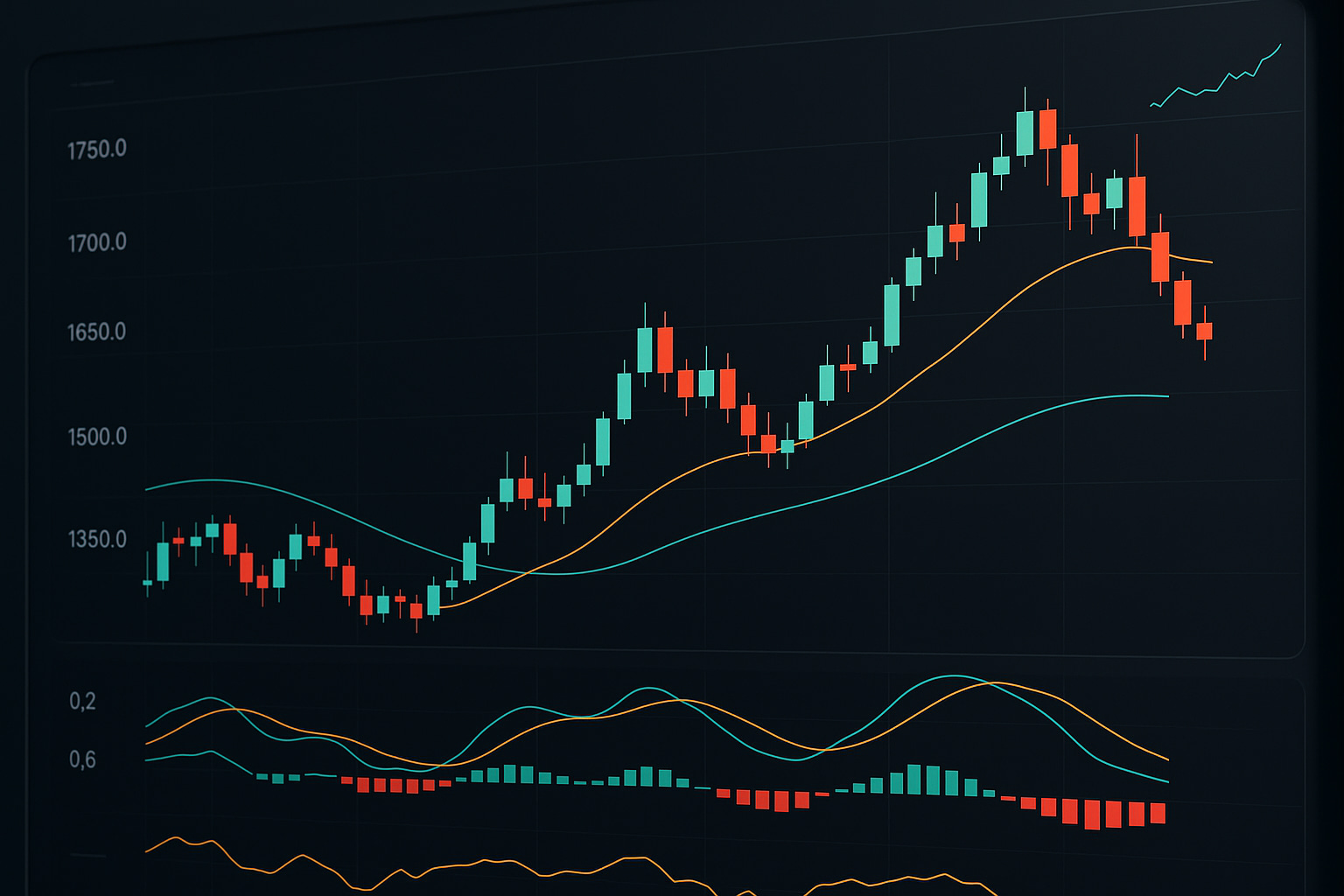
In the ever-evolving world of financial markets, traders are constantly seeking new methods to gain an edge. As 2025 approaches, the competitive landscape demands a more sophisticated approach to technical analysis. Relying on a single indicator is rarely sufficient for consistent profitability; instead, successful traders understand the value of combining multiple technical indicators to filter out noise and increase signal reliability. At Market Masters, we prioritize actionable, high-signal insights—empowering traders to go beyond surface-level analysis and construct robust, repeatable trading systems. Whether you trade equities, futures, or forex, mastering the art of indicator synergy is essential for outperforming the average participant and securing sustainable gains in the year ahead.
Technical indicators are the cornerstone of systematic trading strategies, offering traders objective frameworks for entry, exit, and risk management decisions. However, no single indicator can capture every nuance of market behavior. Each indicator brings its own strengths and weaknesses, often excelling in specific market conditions while generating false signals in others. For intermediate and advanced traders, the key to unlocking greater profitability lies in the strategic combination of these tools.
Combining technical indicators is not about piling on complexity for its own sake—rather, it’s about designing a system where each indicator complements the others, reducing the likelihood of whipsaws and improving the quality of trade setups. For example, a trend-following indicator can be paired with a momentum or volatility measure to filter out trades with poor risk-reward characteristics. This multi-layered approach allows traders to adapt dynamically to shifting market regimes and avoid the pitfalls of indicator redundancy.
Ultimately, the goal is to create a high-probability trading environment—one in which setups are carefully vetted through multiple lenses, leading to greater confidence and discipline in execution. As we move forward, let’s dive deeper into the core technical indicators that serve as the building blocks for effective combinations.
Before combining indicators, it’s essential to have a clear understanding of the fundamental tools at your disposal. The most widely used technical indicators can be broadly categorized into trend-following, momentum, volatility, and support/resistance tools. Each plays a distinct role in analyzing price action and market sentiment.
Each of these indicators has unique advantages, but their true power emerges when they are thoughtfully combined, providing a holistic view of market dynamics. Next, we’ll explore how to blend these tools for maximum impact.
Creating a profitable trading system for 2025 requires more than just selecting popular indicators. The effectiveness of a combination depends on the interplay between different types of indicators, each providing insight into a unique aspect of market behavior. Here are some proven ways to combine technical indicators for superior trade identification and risk management:
By thoughtfully pairing indicators, you create a system that confirms signals from multiple dimensions—trend, momentum, volatility, and volume—while minimizing false positives and improving overall strategy reliability.
To see how these combinations work in real-world scenarios, consider the following case studies that demonstrate the power of multi-indicator confluence in producing high-quality trade setups.
A swing trader is monitoring a large-cap equity that has been consolidating after a strong upward move. The MACD begins to turn up, signaling a potential resumption of the previous uptrend, while the RSI is rising from oversold territory but remains below the 70 threshold. The trader waits for a bullish MACD crossover and confirms that the RSI is in a favorable range. This dual confirmation leads to a well-timed entry just before a significant price rally. The result: "Combining the MACD indicator with other momentum indicators like the Money Flow Index (MFI) and the Relative Strength Index (RSI) improves the win-rate of trading strategies."
A technical trader is watching a currency pair that has compressed within a tight range on the daily chart. Bollinger Bands have narrowed, signaling reduced volatility and a brewing breakout. The trader overlays Fibonacci retracement levels from the previous swing high to low. When price touches the 61.8% retracement and simultaneously breaks above the upper Bollinger Band, a long trade is initiated with a stop just below the retracement level. This confluence of volatility expansion and key support/resistance results in a rapid, high-momentum breakout.
An advanced trader uses the MACD and Money Flow Index to spot a potential trend reversal in the futures market. MACD signals a bullish divergence while the MFI shows a surge in buying volume. With both price and volume aligned, the trader enters a long position and captures a multi-day rally, demonstrating how volume confirmation can dramatically improve the quality of trend reversal trades.
These examples illustrate how combining indicators can lead to more disciplined, statistically robust trading decisions—exactly the kind of edge that Market Masters seeks to cultivate among its members.
While combining technical indicators offers valuable advantages, it also demands careful execution and ongoing refinement. Here are some best practices for integrating multi-indicator setups into your trading strategy:
Implementing these best practices ensures that combined indicator strategies remain robust and relevant, supporting your journey toward sustainable trading success in 2025 and beyond.
Combining technical indicators is a foundational skill for serious traders who aim to outperform in 2025’s dynamic markets. By leveraging the unique strengths of each tool, filtering for high-probability setups, and maintaining disciplined execution, traders can build a resilient, profitable trading system. At Market Masters, we provide the education, mentorship, and exclusive resources needed to stay ahead of the curve. Join our community at https://marketmasters.chat and take your trading strategy to the next level—because in the markets, disciplined synergy always wins.